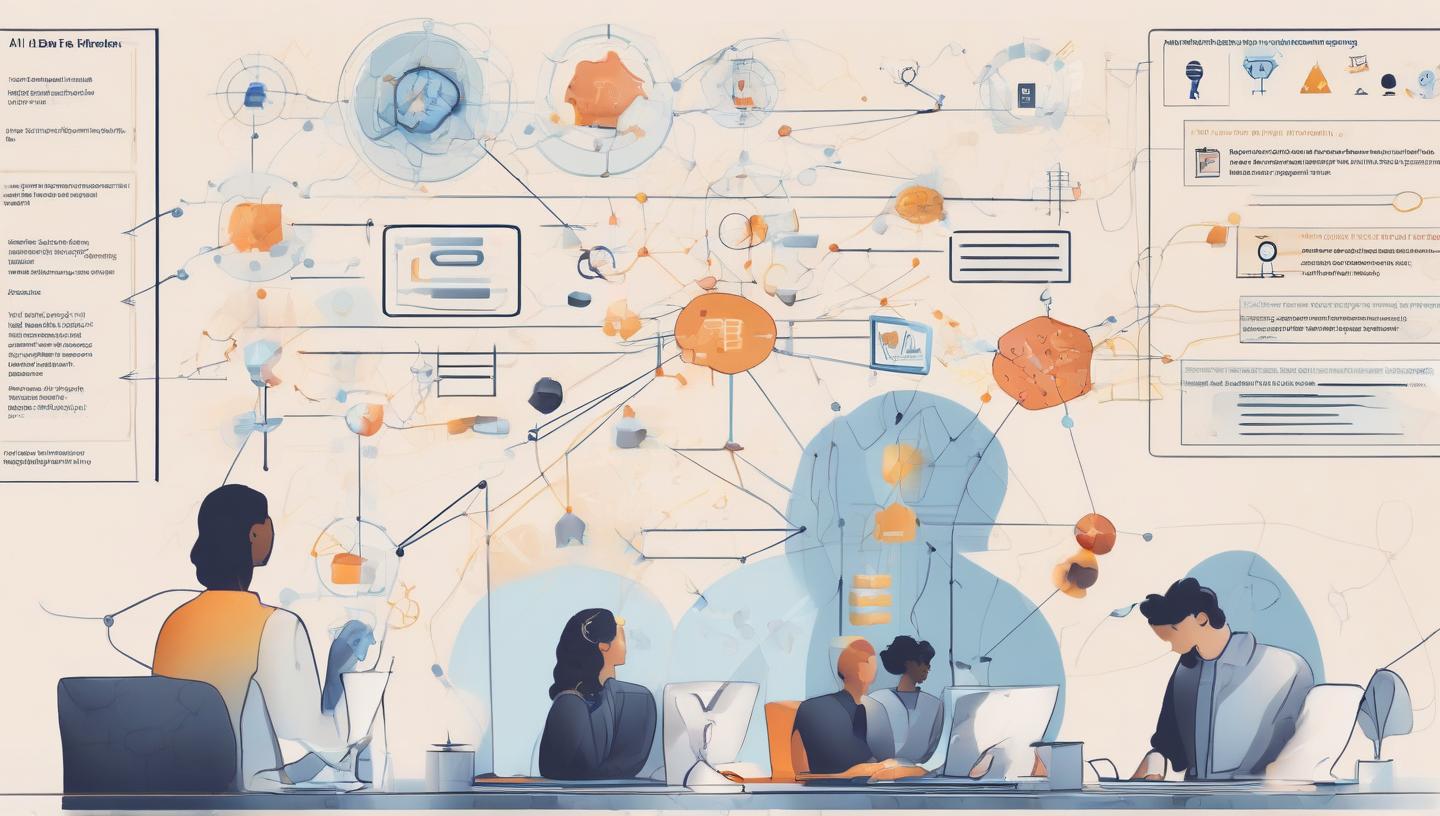Crafting the Ideal Dataset for AI Model Training: A Comprehensive Guide to Data Preparation

In the realm of artificial intelligence, data preparation for AI stands as the backbone for building a robust machine learning framework. The quality of your training data significantly influences the performance of your AI model, making data refinement, categorization, and transformation essential steps in the process. As you embark on training your own AI model, it's crucial to understand the importance of thorough data preparation for AI and its potential to either elevate or hinder your project's success.
From my experience, a well-prepared dataset can be the difference between a model that just works and one that truly excels. I've seen projects falter because they rushed through the data preparation phase, only to struggle with inaccurate predictions later on. So, let's dive into why data preparation for AI is so vital.
Recognizing the Significance of Data Preparation
Training an AI model is like building a house—you need a solid foundation to support the entire structure. In this analogy, data preparation for AI is that foundation. It involves collecting, refining, and categorizing data to create a training dataset that is accurate, consistent, and relevant to the problem at hand. A well-prepared dataset ensures that your AI model learns from the best possible data, leading to better accuracy and reliability.
Data Sourcing and Acquisition
The sources for collecting data are endless. You can gather data from:
- Online repositories and databases
- Social media platforms (think Twitter for sentiment analysis or Instagram for image recognition)
- Customer feedback and review platforms (like Yelp or Amazon reviews)
- Sensor data from Internet of Things (IoT) devices (e.g., smart home appliances)
- Publicly available datasets and research studies
I once worked on a project where we used a mix of social media data and public datasets to train a sentiment analysis model. The diversity of data sources really enriched the model's understanding and performance.
Data Refinement and Transformation
Once you've collected your data, the next step is to refine and transform it. This involves:
- Dealing with missing values and outliers
- Removing duplicates and irrelevant data
- Normalizing and scaling the data
- Converting the data into a format suitable for analysis
One common pitfall is overlooking missing values. They can skew your results if not handled properly. You might need to impute, interpolate, or even delete them, depending on the context.
Data Categorization and Annotation
Data categorization is a pivotal step in data preparation for AI. It involves labeling or annotating your data to help the AI model understand the context and significance of the information. Accurate data categorization requires a deep understanding of the problem domain and the data itself. Techniques for data categorization include:
- Active learning methodologies
- Transfer learning approaches
- Weak supervision techniques
For instance, in a medical imaging project, precise annotation of images is crucial for the model to distinguish between different types of tissues or abnormalities.
Establishing a Machine Learning Framework
A machine learning framework is a series of processes that convert raw data into a training-ready state. This usually includes:
- Data ingestion and storage
- Data refinement and transformation
- Data categorization and annotation
- Model training and evaluation
- Model deployment and monitoring
By following these steps and building a solid machine learning framework, you can ensure that your training dataset is of high quality and your AI model performs optimally. Remember, data preparation for AI is an ongoing process that requires continuous attention and refinement to achieve the best results. So, don't rush it—take the time to get it right, and your model will thank you.
- Music
- Travel
- Technology
- AI
- Business
- Wellness
- Theater
- Sports
- Shopping
- Religion
- Party
- Other
- Networking
- Art
- Literature
- Home
- Health
- Gardening
- Juegos
- Food
- Fitness
- Film
- Drinks
- Dance
- Crafts
- Causes
